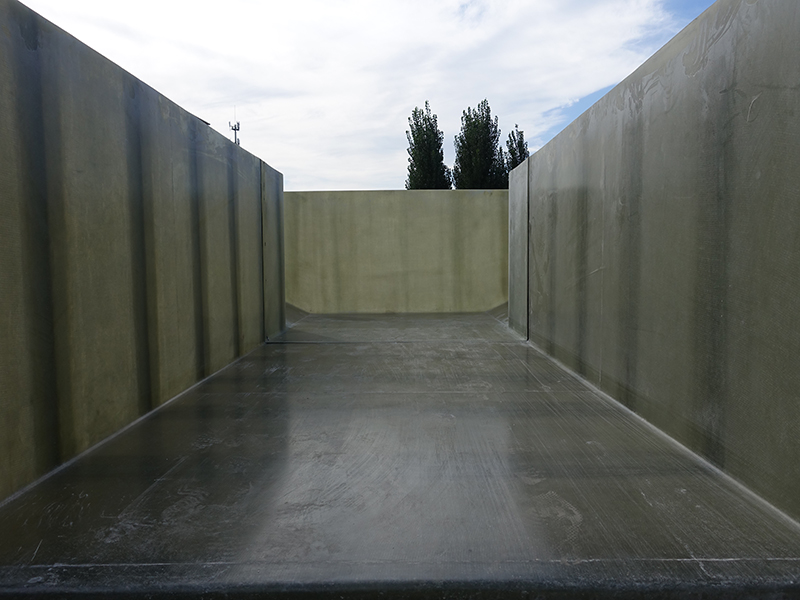
-
 Afrikaans
Afrikaans -
 Albanian
Albanian -
 Amharic
Amharic -
 Arabic
Arabic -
 Armenian
Armenian -
 Azerbaijani
Azerbaijani -
 Basque
Basque -
 Belarusian
Belarusian -
 Bengali
Bengali -
 Bosnian
Bosnian -
 Bulgarian
Bulgarian -
 Catalan
Catalan -
 Cebuano
Cebuano -
 China
China -
 China (Taiwan)
China (Taiwan) -
 Corsican
Corsican -
 Croatian
Croatian -
 Czech
Czech -
 Danish
Danish -
 Dutch
Dutch -
 English
English -
 Esperanto
Esperanto -
 Estonian
Estonian -
 Finnish
Finnish -
 French
French -
 Frisian
Frisian -
 Galician
Galician -
 Georgian
Georgian -
 German
German -
 Greek
Greek -
 Gujarati
Gujarati -
 Haitian Creole
Haitian Creole -
 hausa
hausa -
 hawaiian
hawaiian -
 Hebrew
Hebrew -
 Hindi
Hindi -
 Miao
Miao -
 Hungarian
Hungarian -
 Icelandic
Icelandic -
 igbo
igbo -
 Indonesian
Indonesian -
 irish
irish -
 Italian
Italian -
 Japanese
Japanese -
 Javanese
Javanese -
 Kannada
Kannada -
 kazakh
kazakh -
 Khmer
Khmer -
 Rwandese
Rwandese -
 Korean
Korean -
 Kurdish
Kurdish -
 Kyrgyz
Kyrgyz -
 Lao
Lao -
 Latin
Latin -
 Latvian
Latvian -
 Lithuanian
Lithuanian -
 Luxembourgish
Luxembourgish -
 Macedonian
Macedonian -
 Malgashi
Malgashi -
 Malay
Malay -
 Malayalam
Malayalam -
 Maltese
Maltese -
 Maori
Maori -
 Marathi
Marathi -
 Mongolian
Mongolian -
 Myanmar
Myanmar -
 Nepali
Nepali -
 Norwegian
Norwegian -
 Norwegian
Norwegian -
 Occitan
Occitan -
 Pashto
Pashto -
 Persian
Persian -
 Polish
Polish -
 Portuguese
Portuguese -
 Punjabi
Punjabi -
 Romanian
Romanian -
 Russian
Russian -
 Samoan
Samoan -
 Scottish Gaelic
Scottish Gaelic -
 Serbian
Serbian -
 Sesotho
Sesotho -
 Shona
Shona -
 Sindhi
Sindhi -
 Sinhala
Sinhala -
 Slovak
Slovak -
 Slovenian
Slovenian -
 Somali
Somali -
 Spanish
Spanish -
 Sundanese
Sundanese -
 Swahili
Swahili -
 Swedish
Swedish -
 Tagalog
Tagalog -
 Tajik
Tajik -
 Tamil
Tamil -
 Tatar
Tatar -
 Telugu
Telugu -
 Thai
Thai -
 Turkish
Turkish -
 Turkmen
Turkmen -
 Ukrainian
Ukrainian -
 Urdu
Urdu -
 Uighur
Uighur -
 Uzbek
Uzbek -
 Vietnamese
Vietnamese -
 Welsh
Welsh -
 Bantu
Bantu -
 Yiddish
Yiddish -
 Yoruba
Yoruba -
 Zulu
Zulu
Efficient Solutions for Liquid Mist Separation and Air Quality Improvement
Understanding GRP Demisters A Key Component in Fluid Management
In many industrial applications, particularly in the fields of oil and gas, chemical processing, and wastewater treatment, maintaining the quality and purity of fluids is essential. One critical element in achieving this goal is the use of GRP demisters. GRP, or Glass Reinforced Plastic, is a composite material that combines fiberglass with a resin to create a product that is both durable and lightweight. Demisters play a pivotal role in separating liquids from gases, ensuring that the gases leaving a system are free from droplets or mists that could cause contamination downstream.
What is a Demister?
A demister is a device designed to remove liquid droplets from a gas stream. In many industrial processes, gases can carry small particles of liquid, which can lead to inefficiencies, equipment damage, and contamination. Demisters work by utilizing principles of physics—typically inertia, gravity, and surface tension—to capture these droplets as the gas passes through the device. They can be found in various forms, including mesh pads and vane types, but GRP demisters have become particularly popular due to their unique properties.
The Advantages of GRP Demisters
1. Corrosion Resistance One of the standout features of GRP is its resistance to corrosion. In many industrial environments, gas streams can contain corrosive substances that would damage traditional metal demisters. GRP’s resistance to acids, solvents, and other harsh chemicals ensures that the demister will have a much longer lifespan, reducing maintenance costs and downtime.
2. Lightweight and Strong The lightweight nature of GRP makes it easier to handle and install compared to heavier materials. Despite its lightness, GRP is incredibly strong and can withstand the rigors of industrial applications. This combination of strength and weight is particularly advantageous in settings where equipment needs to be moved or installed in challenging locations.
grp demister

3. Versatility GRP demisters can be engineered to meet specific requirements for a variety of applications. They can be tailored in size, shape, and performance characteristics to suit the specific needs of a process, making them a versatile choice for engineers and operators alike.
4. Cost-Effectiveness While the initial investment in GRP demisters may be higher than some alternatives, the long-term savings in maintenance, replacement, and efficiency often justify the expense. Their durability and resistance to wear significantly enhance operational reliability.
Applications of GRP Demisters
GRP demisters are widely used in several industries. In the oil and gas sector, they help in the separation of water from crude oil, ensuring that only pure gas is sent through pipelines. In chemical processing, they protect downstream equipment by removing liquid carryover that could lead to contamination. In wastewater treatment plants, GRP demisters play a role in preventing aerosols from escaping into the atmosphere, contributing to cleaner air.
Conclusion
The role of GRP demisters in industrial processes cannot be underestimated. Their ability to effectively separate liquids from gases while providing durability and resistance to harsh environments ensures that they are a vital component of fluid management systems. As industries continue to seek ways to enhance efficiency and reduce costs, the adoption of GRP demisters is likely to grow, solidifying their place as an essential tool in ensuring the quality and integrity of industrial operations. In a world where reliability and performance are paramount, GRP demisters stand out as a solution that brings together innovation and practicality.









